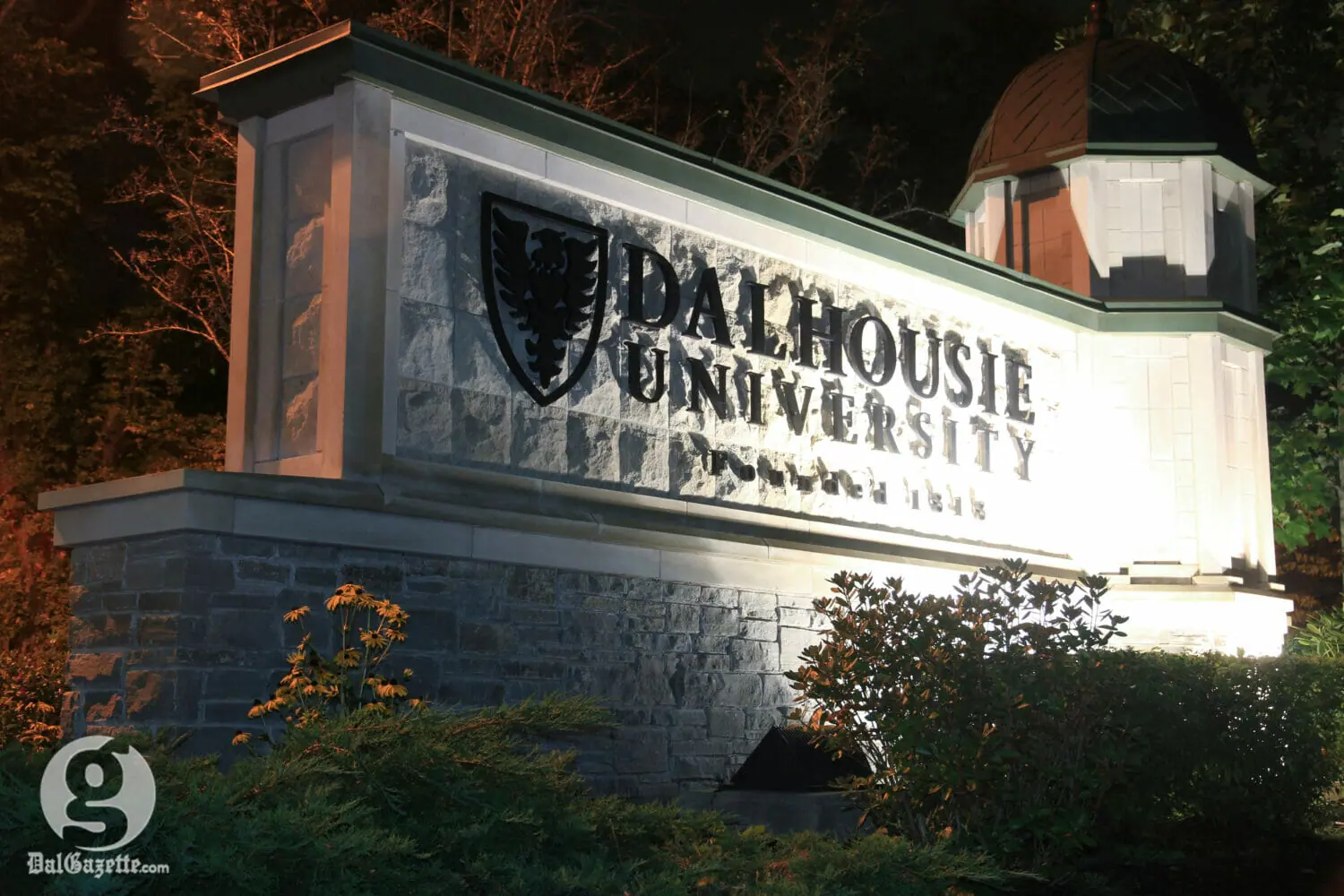
On Sept. 13, Quacquerlli Symonds (QS) released the eighth edition of their world university rankings. Dalhousie came in 243rd out of 700 ranked universities, just above the Politecnico di Milano and below the UK’s Loughborough University. MIT took the top spot.
Only two Canadian schools made the top 20: McGill, at 17th, just ahead of the University of Toronto, at 18th.
QS is just one of many available ranking schemes, but the release of these results heralds the start of ranking reason—a yearly deluge of data designed to capitalize on the question gnawing away at senior high school students everywhere: where should I go to university?
For many Canadian students, university rankings are synonymous with just one publication: Maclean’s.
In the national magazine’s 2011 rankings, Dal was middle of the pack for large research institutions, placingsixth, while McGill took the top spot.
The rankings “had a pretty significant influence on where I wanted to go,” says third-year English student Michael Wohlfahrt. For some, the rankings are one of the few places to get clear information about school. Maclean’s was “the only way I knew about universities far away,” says Josh Bowdridge, athird-year neuroscience student.
But Canadian universities have had a troubled relationship with the magazine. In 2006, Dal and 21 other Canadian schools opted out of Maclean’s rankings over objections regarding the magazine’s methodology. But that hasn’t stopped Maclean’s from ranking them.
Instead of universities collecting information for the magazine, Maclean’s now files freedom of information requests to extract data from universities. Much of that data is drawn from surveys conducted by the national Canadian University Survey Consortium—whose president happens to be the acting director of Dal’s Office of Institutional Analysis and Research, Michael O’Sullivan.
“The university would have to put on a blindfold if it wanted to withhold this information from Maclean’s and other publications that make use of it,” says O’Sullivan.
Universities collect the data—which includes student debt levels, incomes, and experience with student services—for internal use. The survey is standardized so that schools can benchmark themselves against similar institutions; it is not used for promotion or public comparison.
“What Maclean’s does with the data is objectionable. It is not collected for the purpose of creating rankings. And the raw numbers are not necessarily a reliable guide to the experience that any student would have at any given university.”
The seductiveness of a rankings system is obvious, but Swapan Dasgupta agrees that the rankings may not be a reliable guide for students looking at graduate studies. Dasgupta is an associate dean in the faculty of science and a professor of economics.
“What matters very much for the student is, at least in terms of the kind of work that’s likely to be produced, is not necessarily the institution as much as the particular supervisor or faculty member that he or she is working with,” says Dagupta.
“Small institutions may have very special strengths.”
For most worldwide ranking systems, reputation is the single biggest factor in determining a school’s placement. In the QS ranking, 40 per cent of a school’s result is determined by a survey asking members of faculty to rank other schools. At the Times Higher Education (THE) worldwide rankings, a reputation survey accounts for 32 per cent of the rankings, and the number of citations per faculty accounts for 30 per cent of the school’s score.
The obvious and often repeated criticism of such schemes is that they are self-fulfilling prophecies: highly ranked universities do well because they are known as highly ranked universities. In an essay for Inside Higher Ed, the editor of the THE rankings himself said such ranking systems were “inherently crude.”
But even as these ranking systems face increasing criticism, they are gaining influence—in some cases, even becoming part of national policy. Brazilian students can apply for government-funded exchanges, as part of the county’s Science Without Borders program. But for a host institution to qualify, it must rank in the top 200 of the QS or THE world rankings. Russia also has an exchange program that relies on these rankings.
For many Canadian students, the rankings are more of a curiosity than anything else. Wohlfahrt says that although the rankings influenced where he wanted to go, the choice was really never there due to other constraints.
“The rankings made me proud—and excited—to accept my fate. It’s not a bad fate.”
And for some, it isn’t even about the school. “I love the Halifax area,” says Garlande Haney, a second-year student of international development studies. “I looked at the rankings out of curiosity.”
Of course, ranking season is just getting started; both THE and Maclean’s will release their results to great fanfare in early October. But don’t let yourself get too excited: the results will probably be exactly what you expect.


Recent Comments